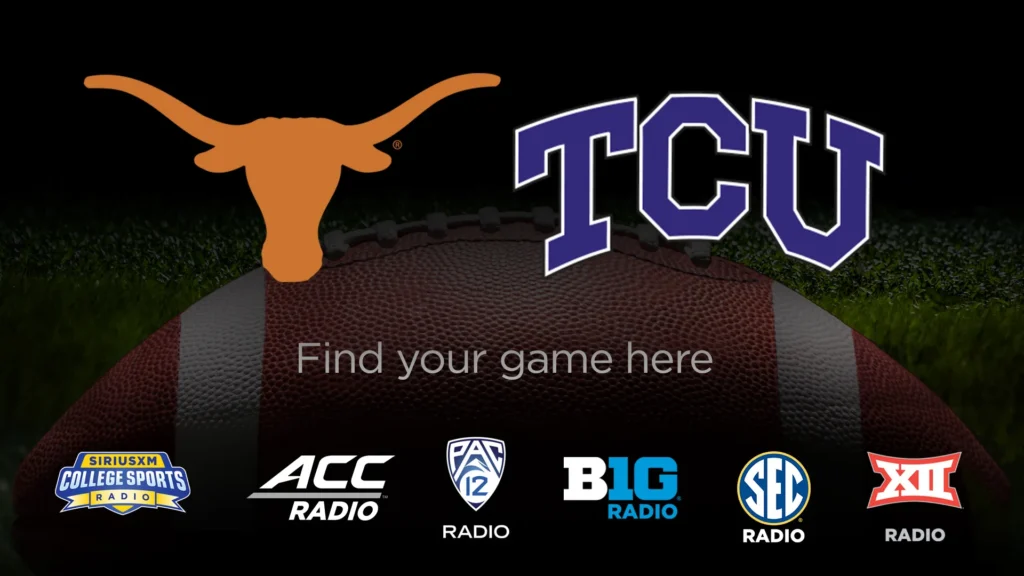LiveU vs TCU: An Analysis of the Comparative Literature

https://hunterposts.com/
Two manufacturer brands of these devices include liveu vs tcu. As for the specific features and capabilities, both solutions are in fact different, serving different functions and aims. And this blog post will try to explain the difference and similarities, pros and cons of liveu vs tcu, as well as what cases they can be useful in.
What is TCU?
The other technology that falls under the live broadcasting category but of equal significance as that of the Vision Mixer is the TCU, which stands for Transmit Command Unit. TCU systems are therefore intended to help maintain smooth uninterrupted transfer of live video equipments often in unfavourable conditions. A few of the recent opposed contracting TCU systems, like liveu vs tcu, although not as popular as liveu vs tcu, offer better performance, better reliability, and the ability to transmit high bandwidth video.
Key Features Comparison
Connectivity and Transmission
LiveU
LiveU’s key advantage is that it has to collect multiple network paths present in the cellular, Wi-Fi and satellite networks to make video streaming live. This technology called bonded cellular enables liveu vs tcu units to broadcast live videos including where the network connectivity in place is not very good due to the aggregation of several connections. liveu vs tcu has also introduced its cloud-based management tool known as LiveU Central that allows full control and management of any LiveU device.
TCU
In this regard, TCU systems are implemented to ensure channel produces a reliable video signal in the harsh environment. They contain options such as the adaptive streaming, which control the bit rate of the videos in multiparty so as to ensure uninterrupted flow of videos to the intended users. TCU units are generally designed to operate via high data rate circuits such as fiber optics or special sat-ellite bandwidths and thus can be used where cellular connectivity is either lacking or weak.
Another dimension that was considered was the portability and ease of use of the particular item.
LiveU
Among the LivenU’s strengths, versatility as a portable device can also be highlighted. The LiveU units are fairly portable and sturdy, as most of the operations can be done on location. Foreign correspondents can have LiveU devices in backpacks or on cameras making broadcasting live more fluid and versatile.
TCU
TCU systems though dependable are in some cases slightly larger and less compact than liveu vs tcu units.
Video Quality and Latency
LiveU
The bonded cellular technology utilises a number of small bandwidths and makes certain that video feeds do not deteriorate when the network is vulnerable. Apart from 4K support, liveu vs tcu’s patented HEVC (High-Efficiency Video Coding) encoding technology helps in improving video quality and decreasing bandwidth demand. This makes LiveU suitable for live events such as sporting activities, news covers and any activities that require video standards and real-time streaming.
TCU
Having dedicated connections like that of the fiber optics guarantee the stability of the video feed, and this makes TCU systems ideal when handling large events on live stream or studio settings.
Use Cases and Applications
LiveU
LiveU’s versatility and portability make it suitable for a wide range of applications, including:LiveU’s versatility and portability make it suitable for a wide range of applications, including:
-
News Broadcasting:
The fact that liveu vs tcu allows for live streaming of video from almost any location it is convenient to place the device, coupled with the simplicity of the device’s operation, makes it a tool that is beneficial for journalists.
-
Sports Coverage:
LiveU is quite beneficial in the coverage of live sporting events due to the extremely low latency coupled with higher video quality. Coaches and trainers can watch live cricket games from different viewpoints without physically being present at the ground.
-
Remote Production:
- Although LiveU has seek and send control which affords the moving of the entire operation to the cloud, minimizing the required on-location human and physical resources.
-
Studio Broadcasting:
- Video feed is another critical element to consider when engaging video conferencing, the adoption of channels, or dedicated circuits for connectivity guarantee real and effective delivery of video.
-
Large-Scale Live Events:
- This may be for an annual conference, concert, sports tournament or any other event of similar magnitude; TCU systems supply the bandwidth and reliability required for excellent live video feeds.
-
Remote Locations:
- TCU systems are advantageous in areas with weak or accessible cellular signaling, which is a norm in many regions. It is even possible to use Satellite or fibre optic connections to guarantee a constant stream of the video in such settings.
Cost Considerations
LiveU
The targets customers vary from single journalists to large broadcasting companies, thus making liveu vs tcu affordable based on the customer’s budgets. Moreover, it hosts media services and support packages that may include extra charges for liveu vs tcu’s cloud solutions.
TCU

Cost is another issue that contributes to the fact that TCU systems are more costly than liveu vs tcu units due to scalabilities running over high bandwidth and need professional set-up and installation. The use of TCU systems may require more money to install and maintain, which means that it may only be practical for large broadcasting companies and professional studios that are willing and able to invest in such systems.
Conclusion
Each of the two companies: LiveU and TCU bring out additional features and possibilities in the area of live video transmission.Overall, liveu vs tcu is perfect for anyone who needs portable and flexible equipment for efficient and effective live broadcasts when reporting on the events in real time. So, if you take a close look at the definitions, benefits and drawbacks of all the systems mentioned above, you can make the right decision for effective live broadcasting.








